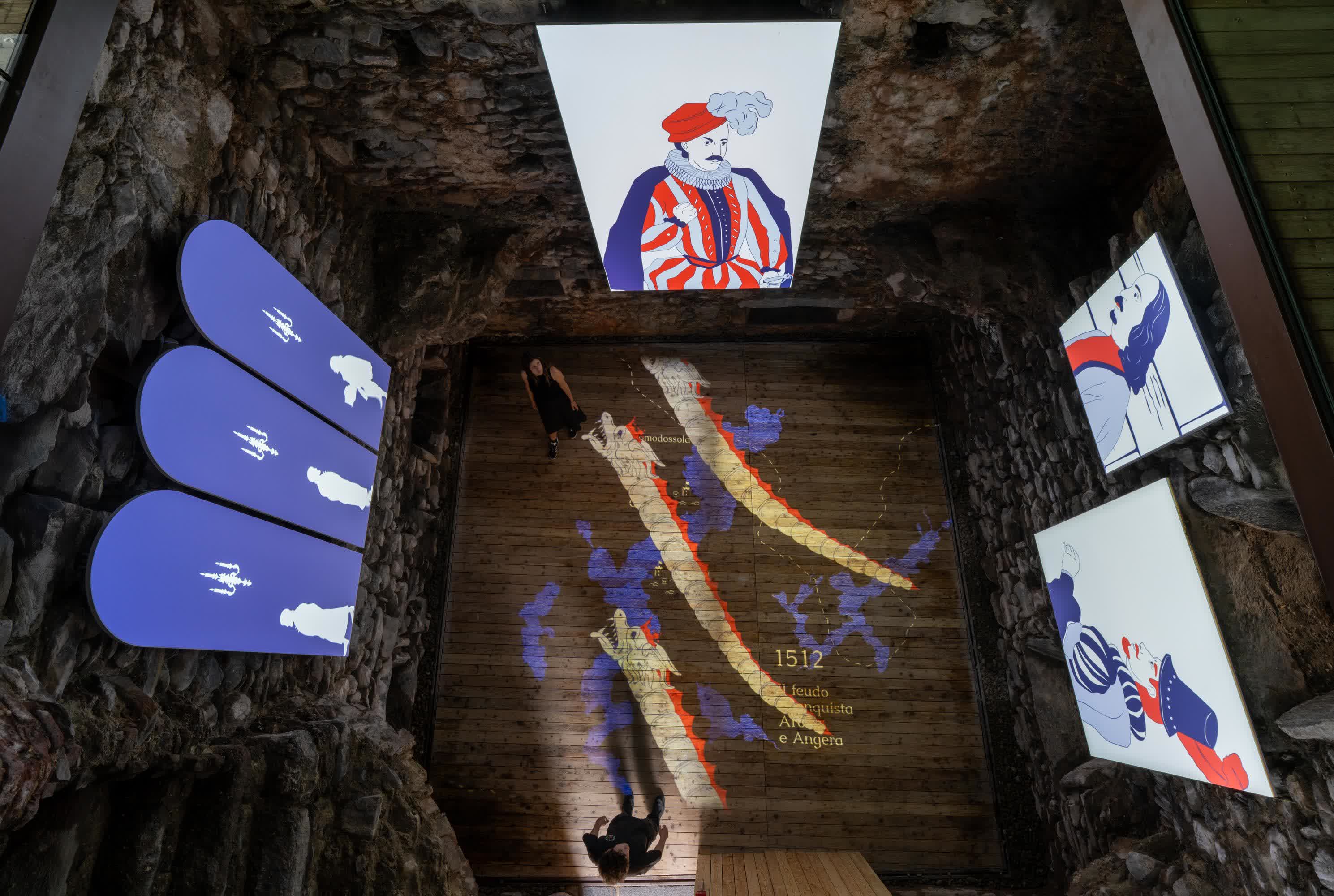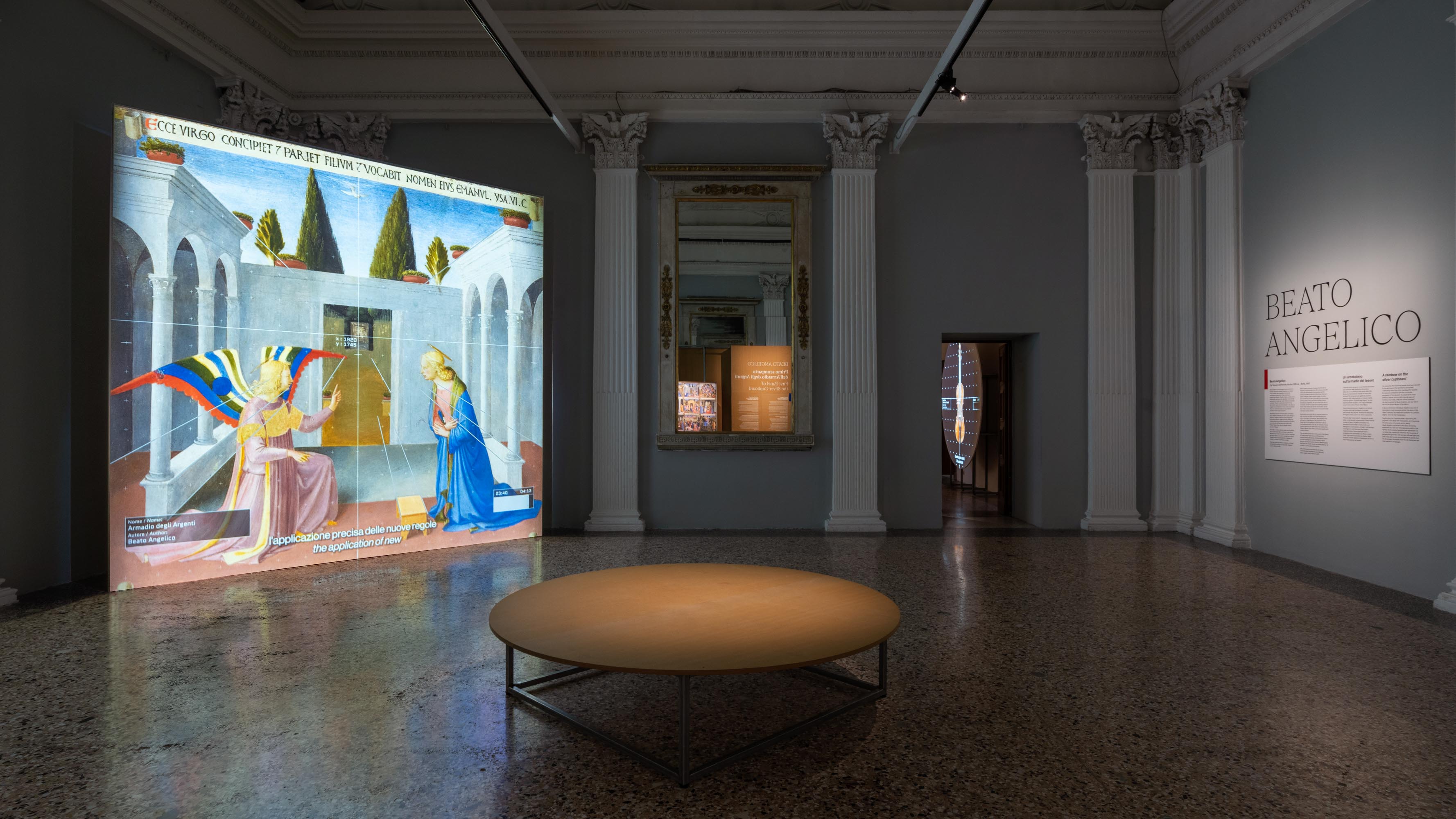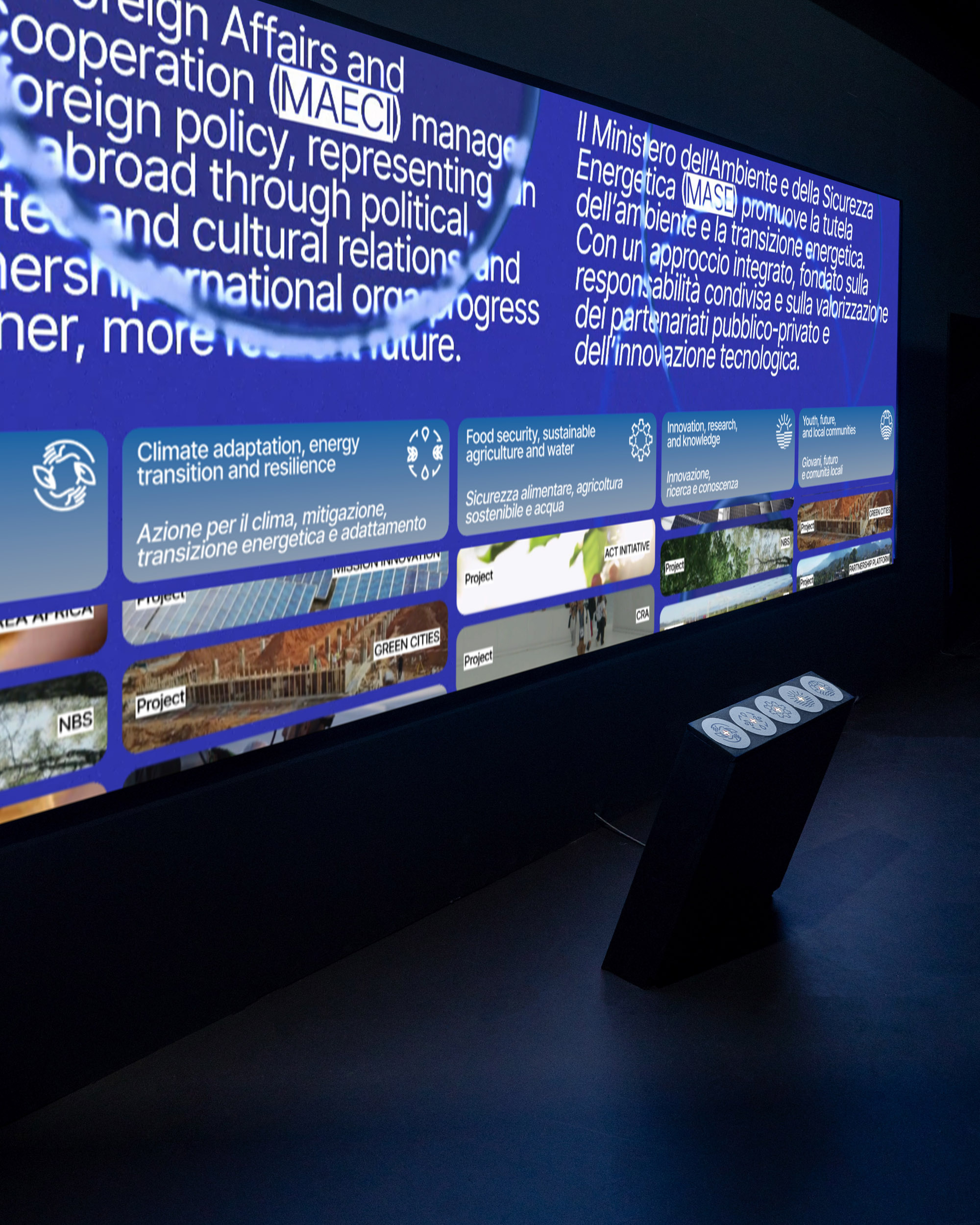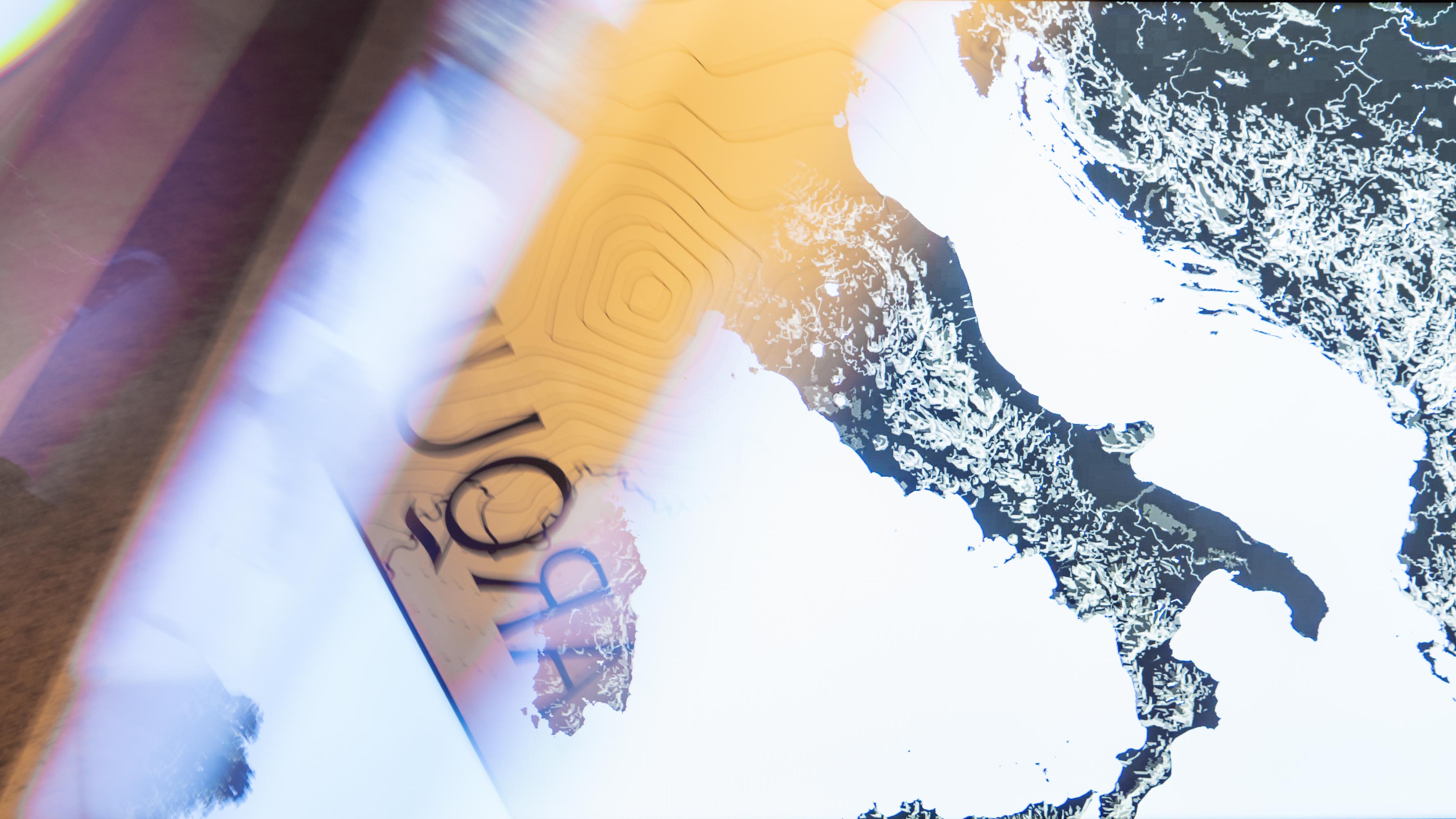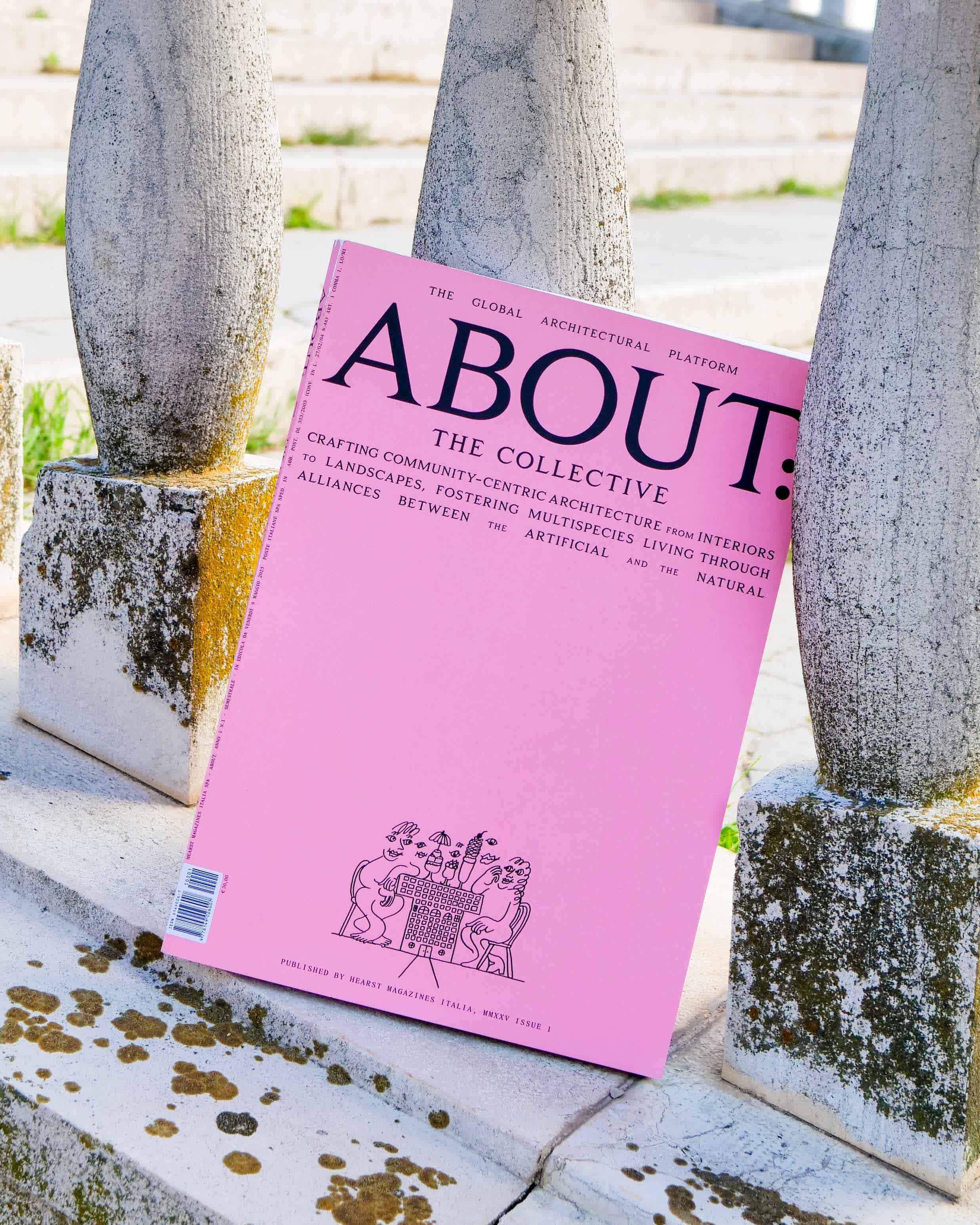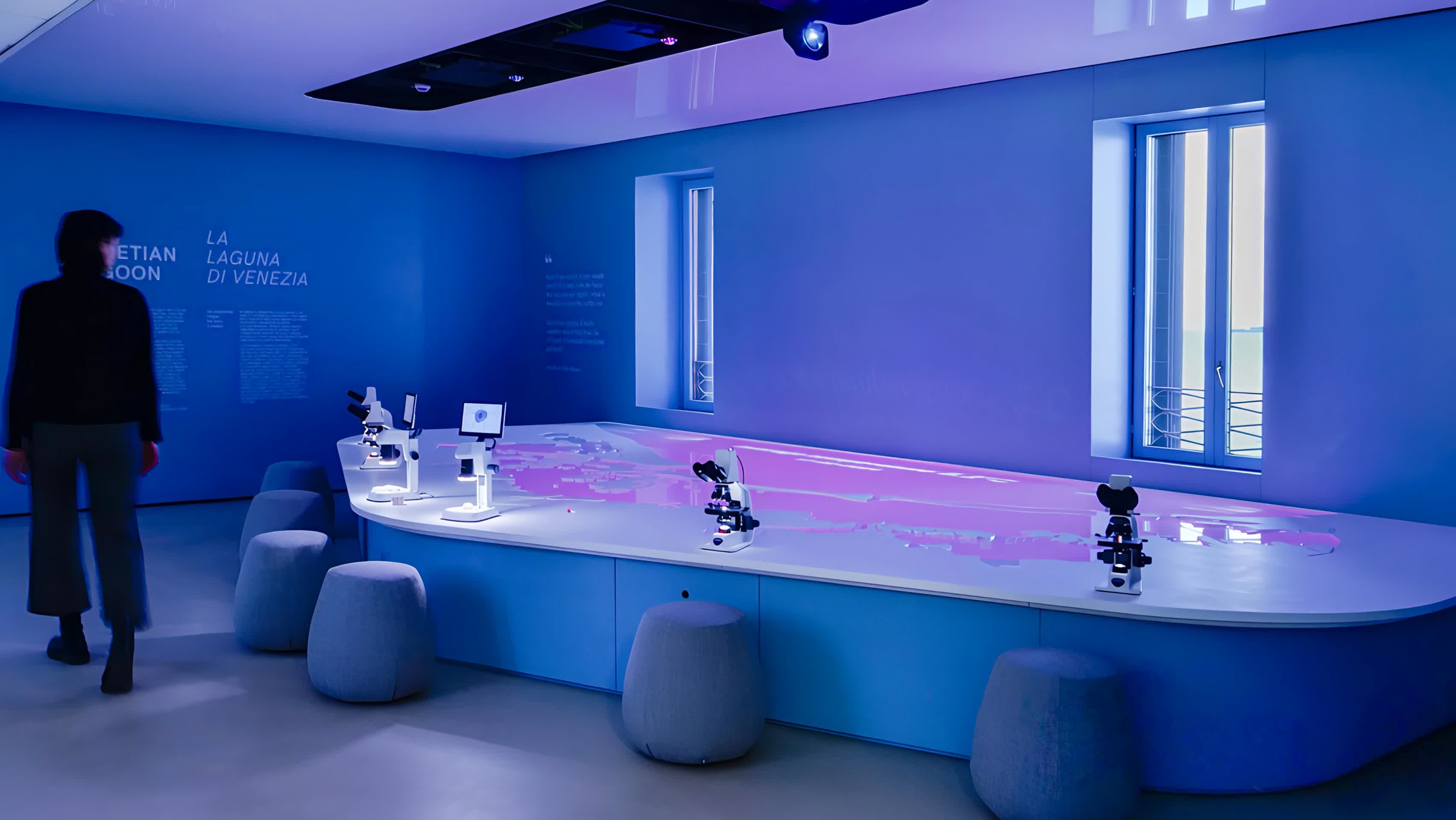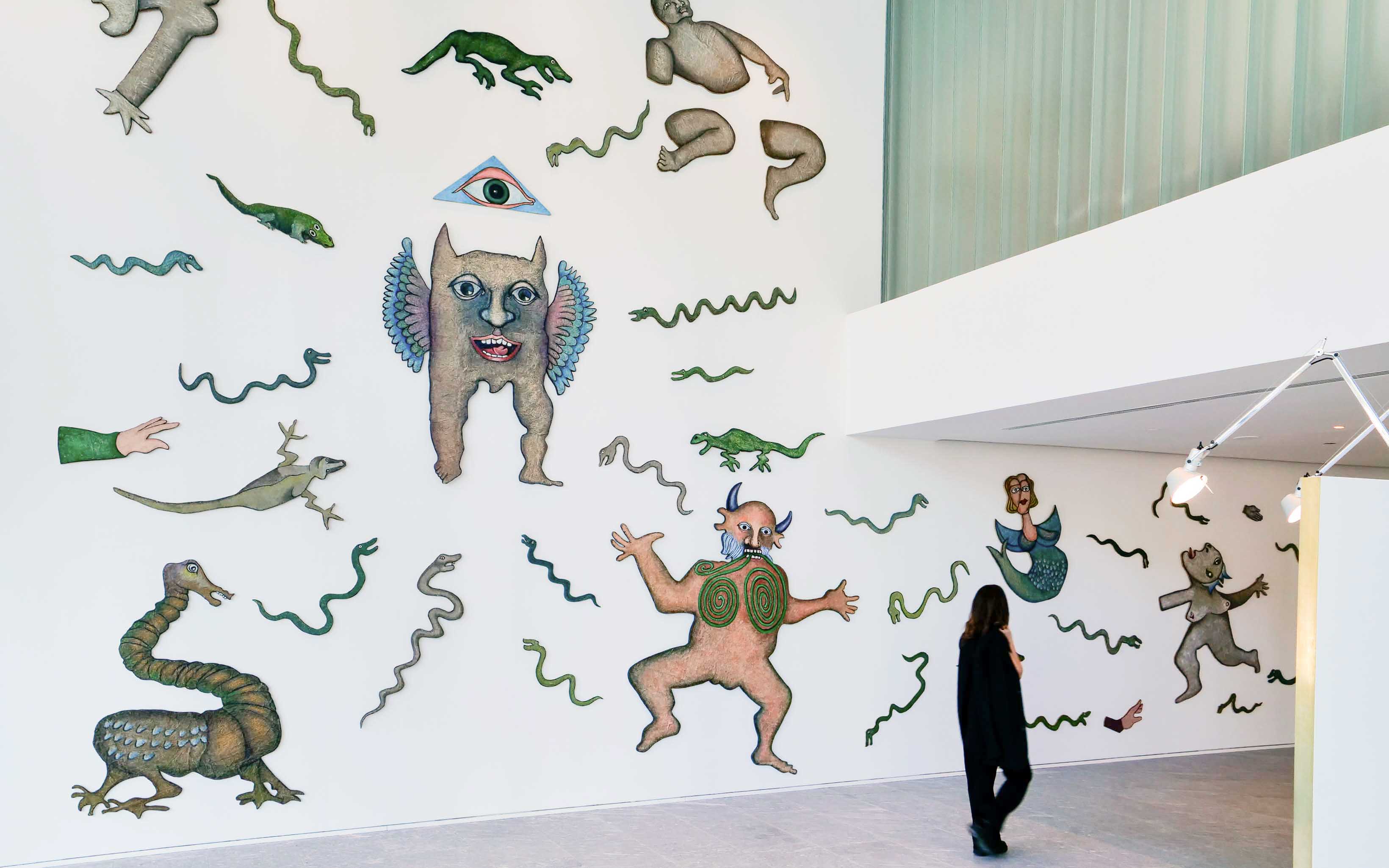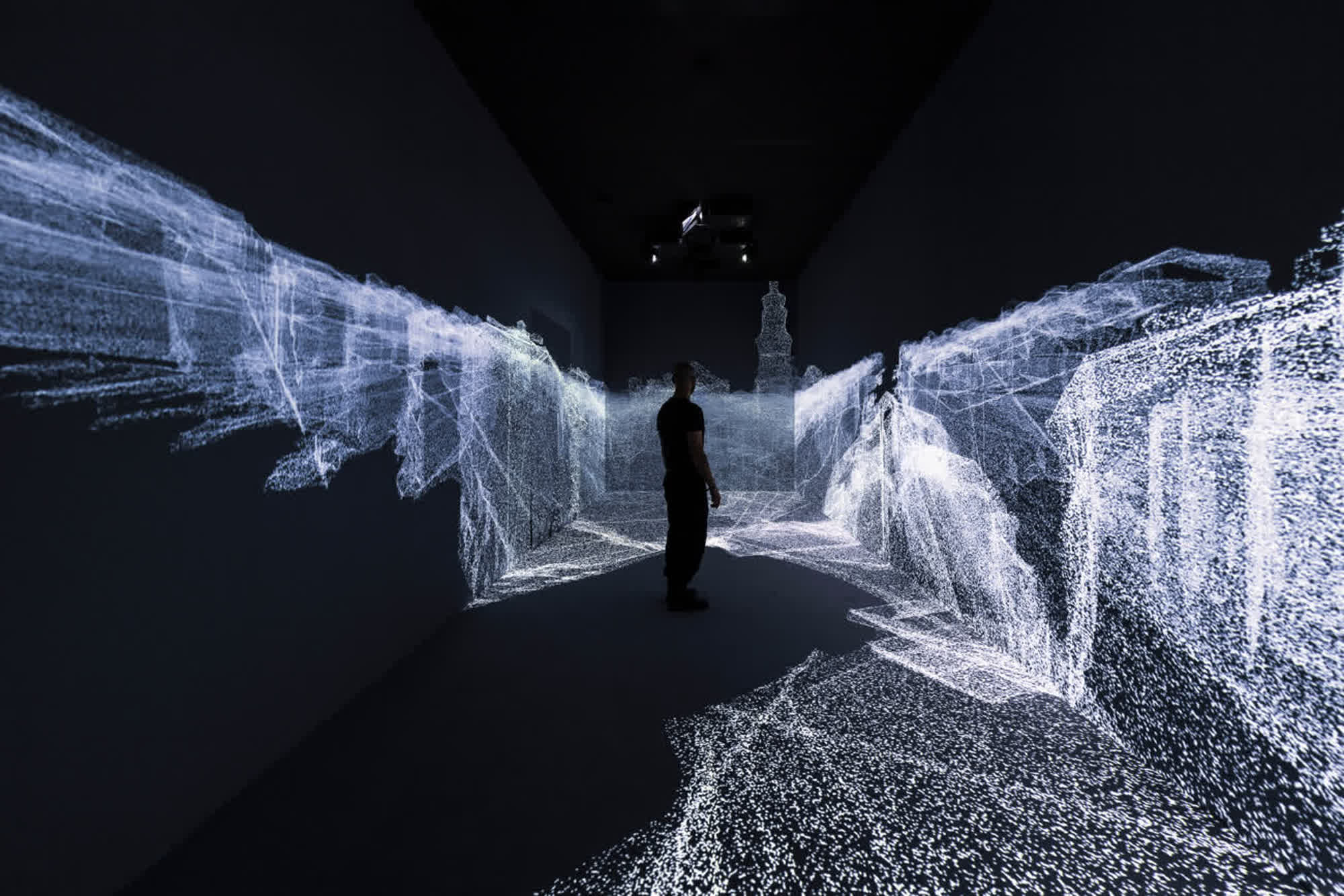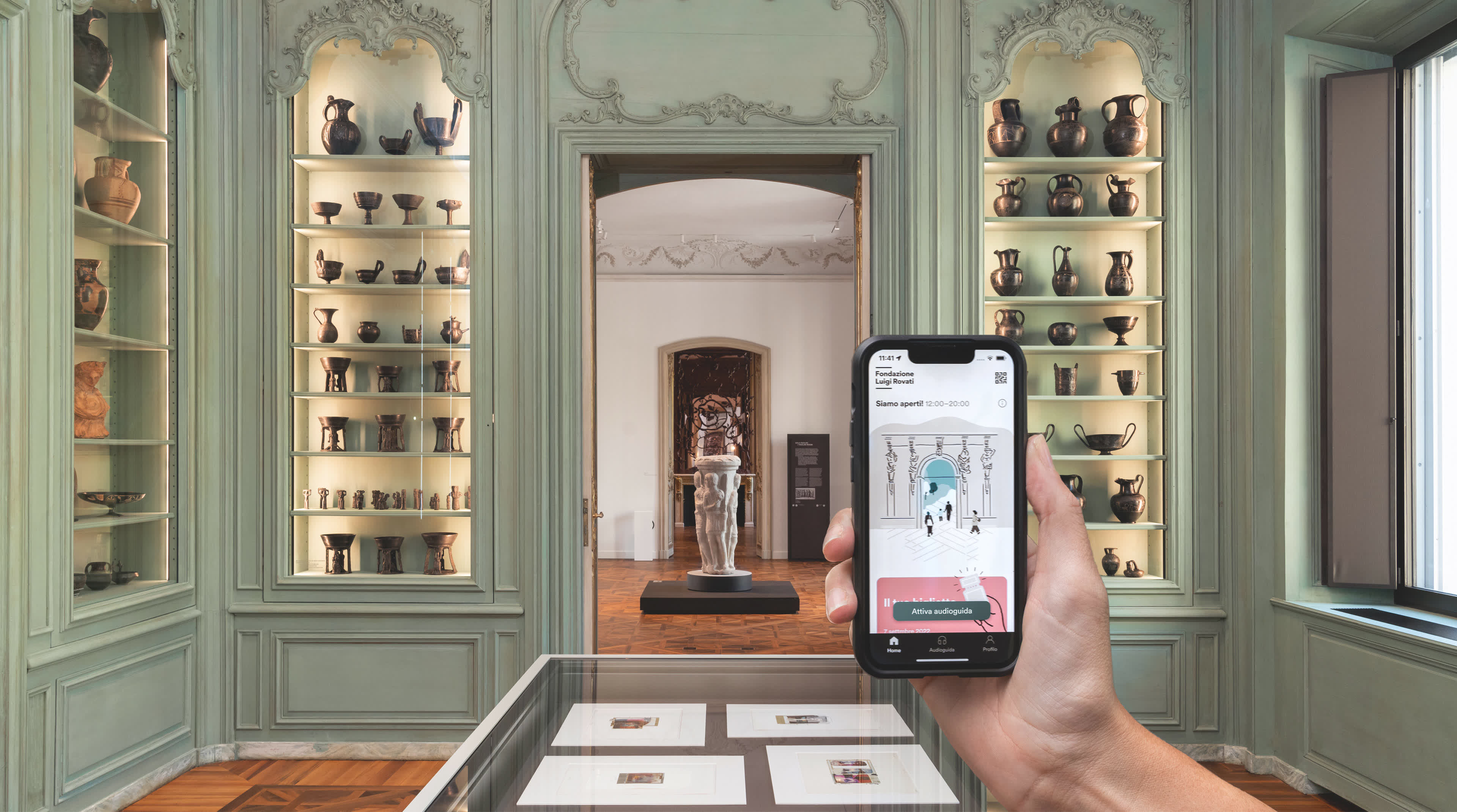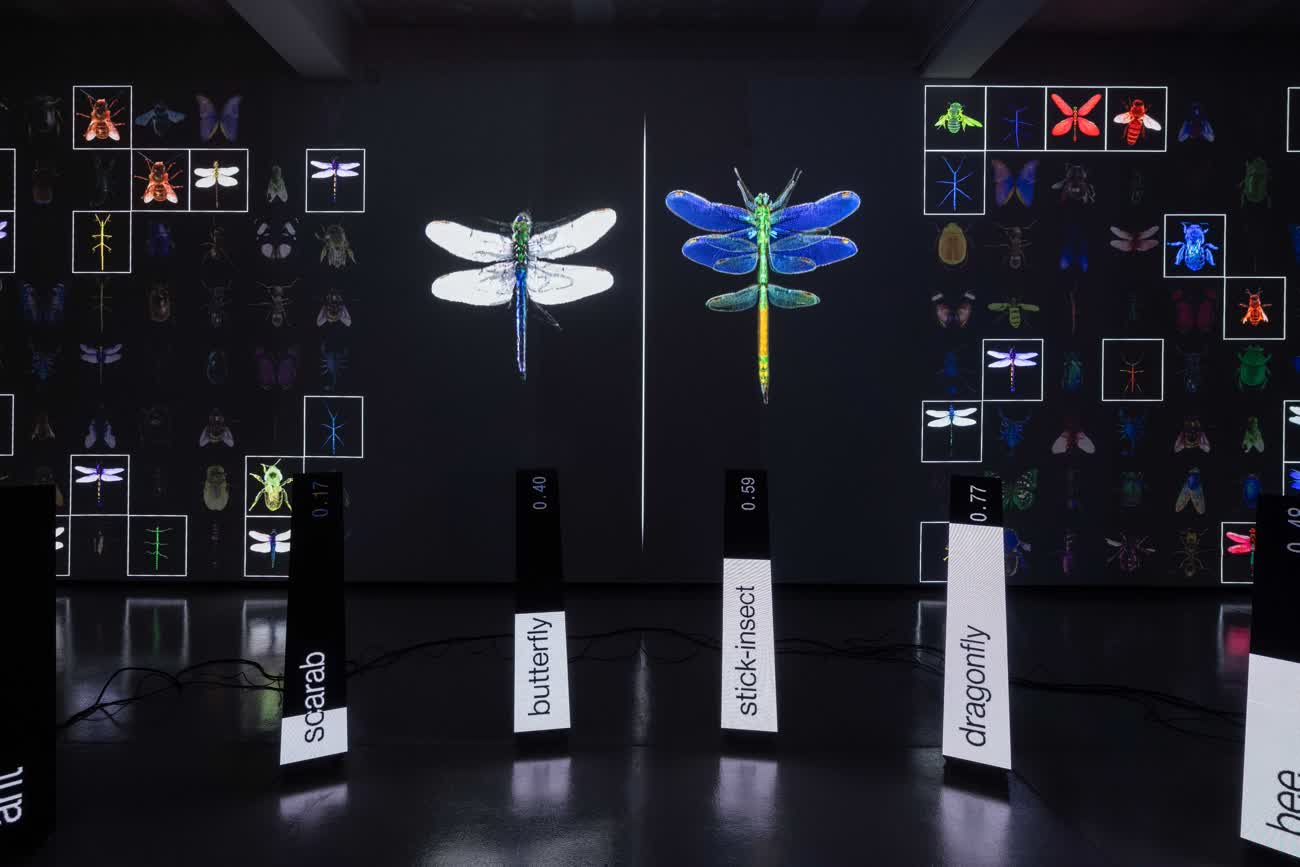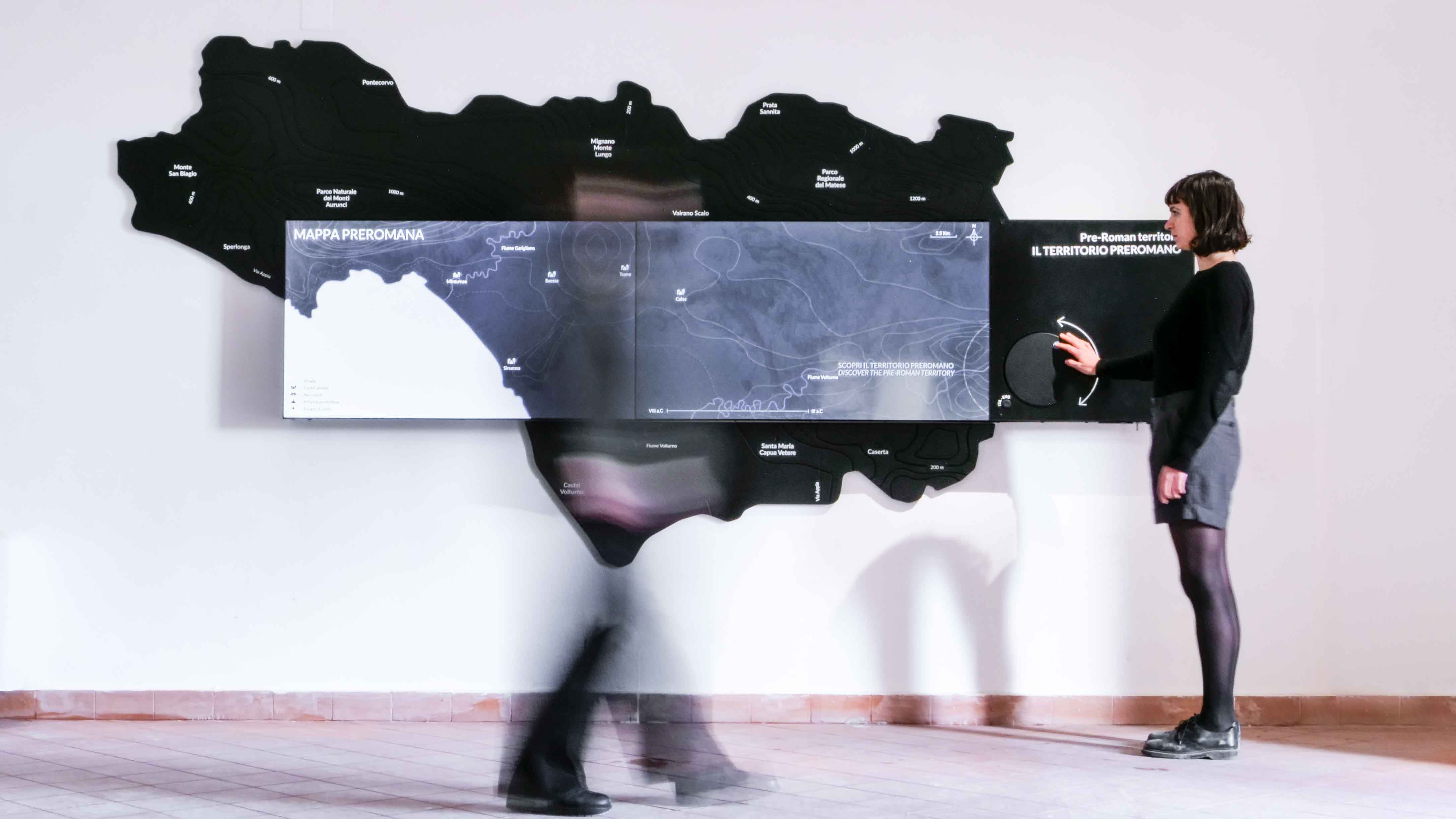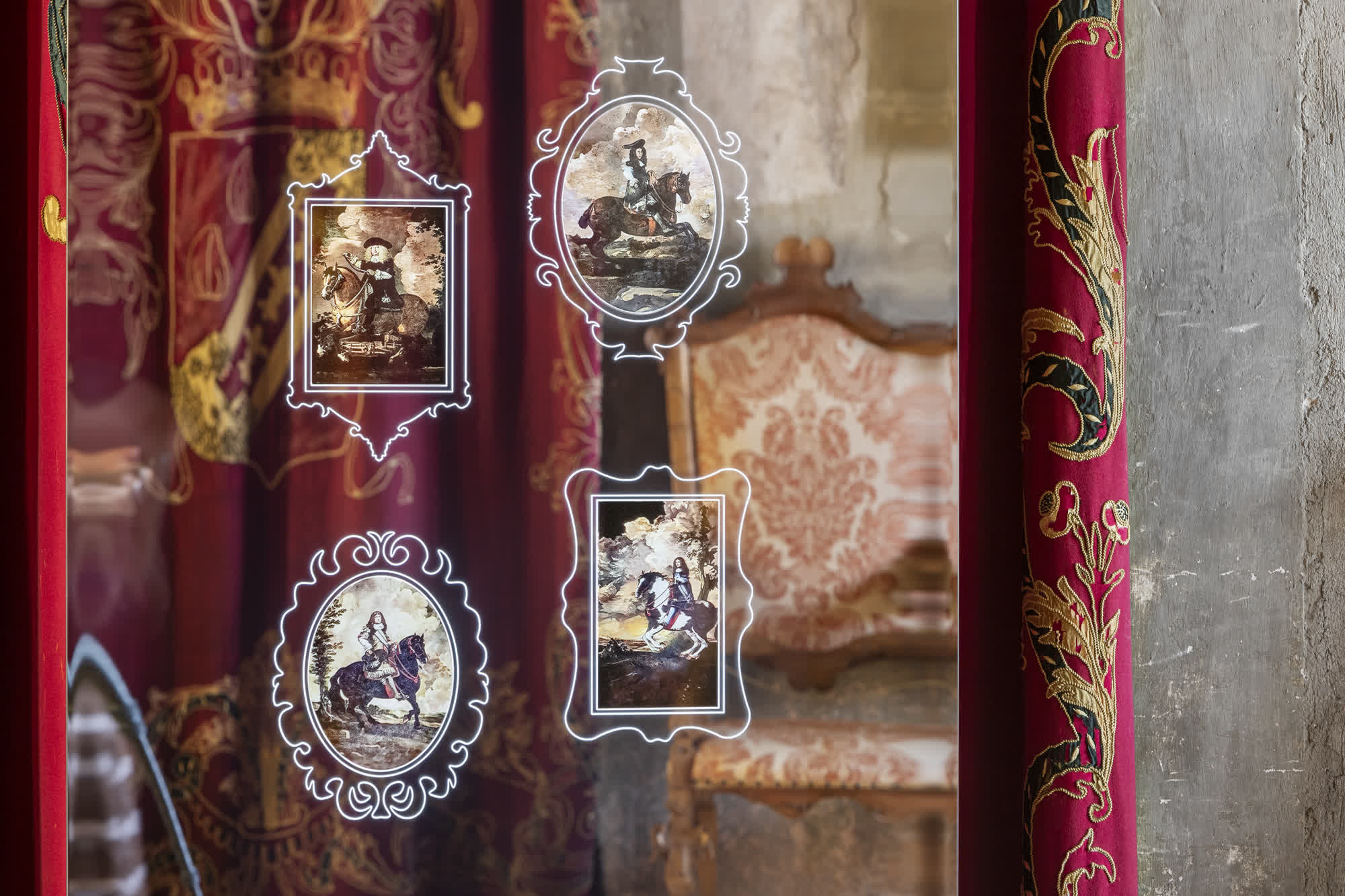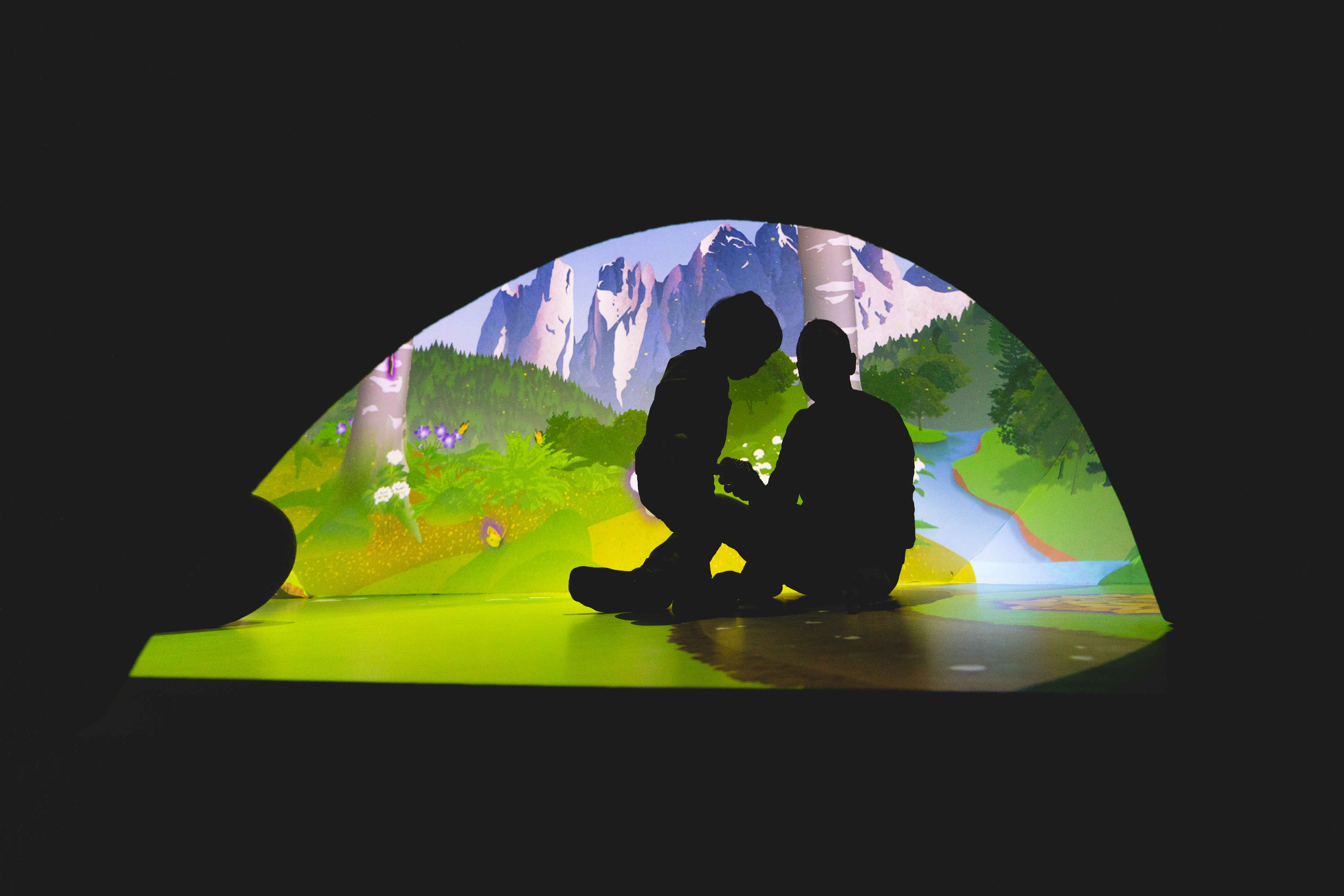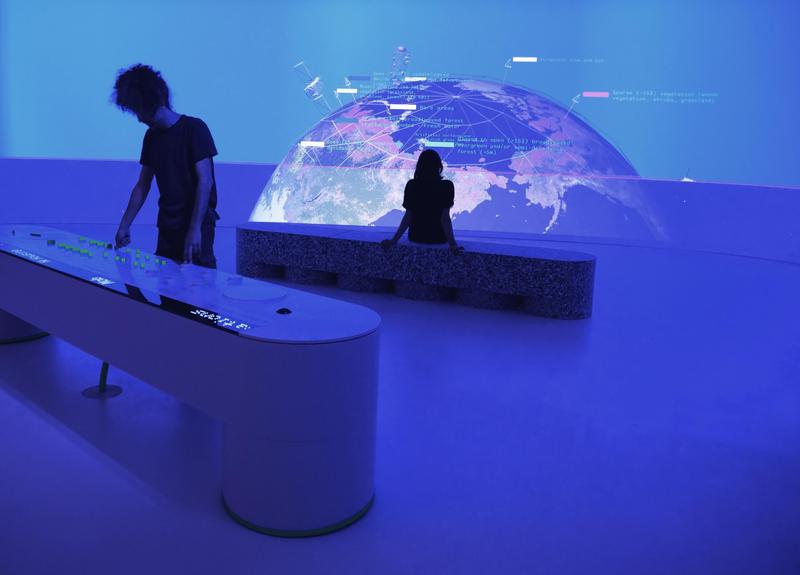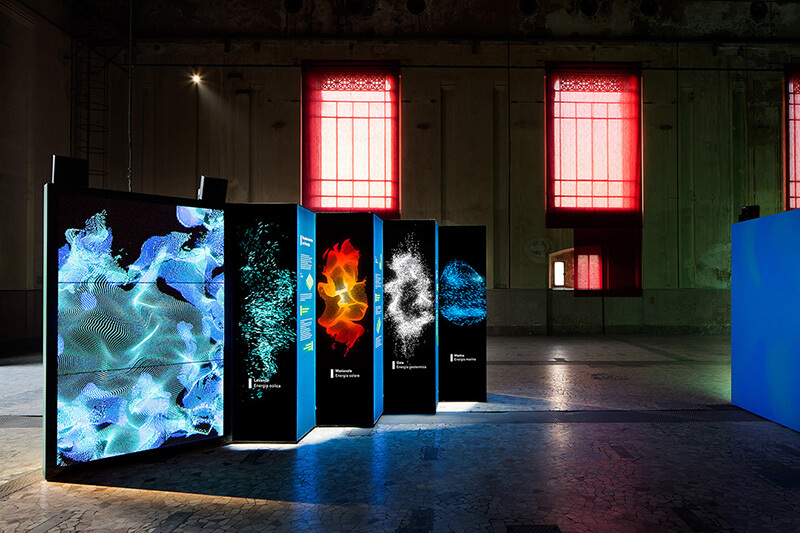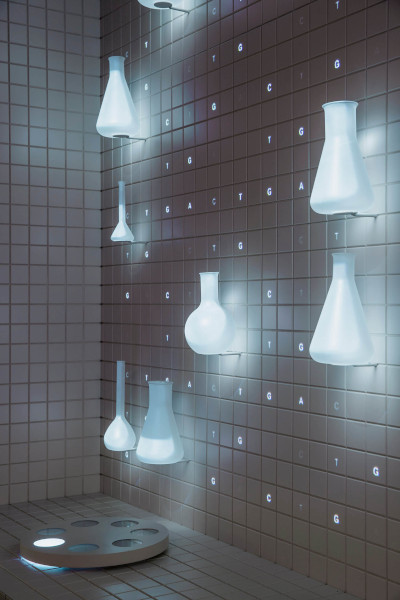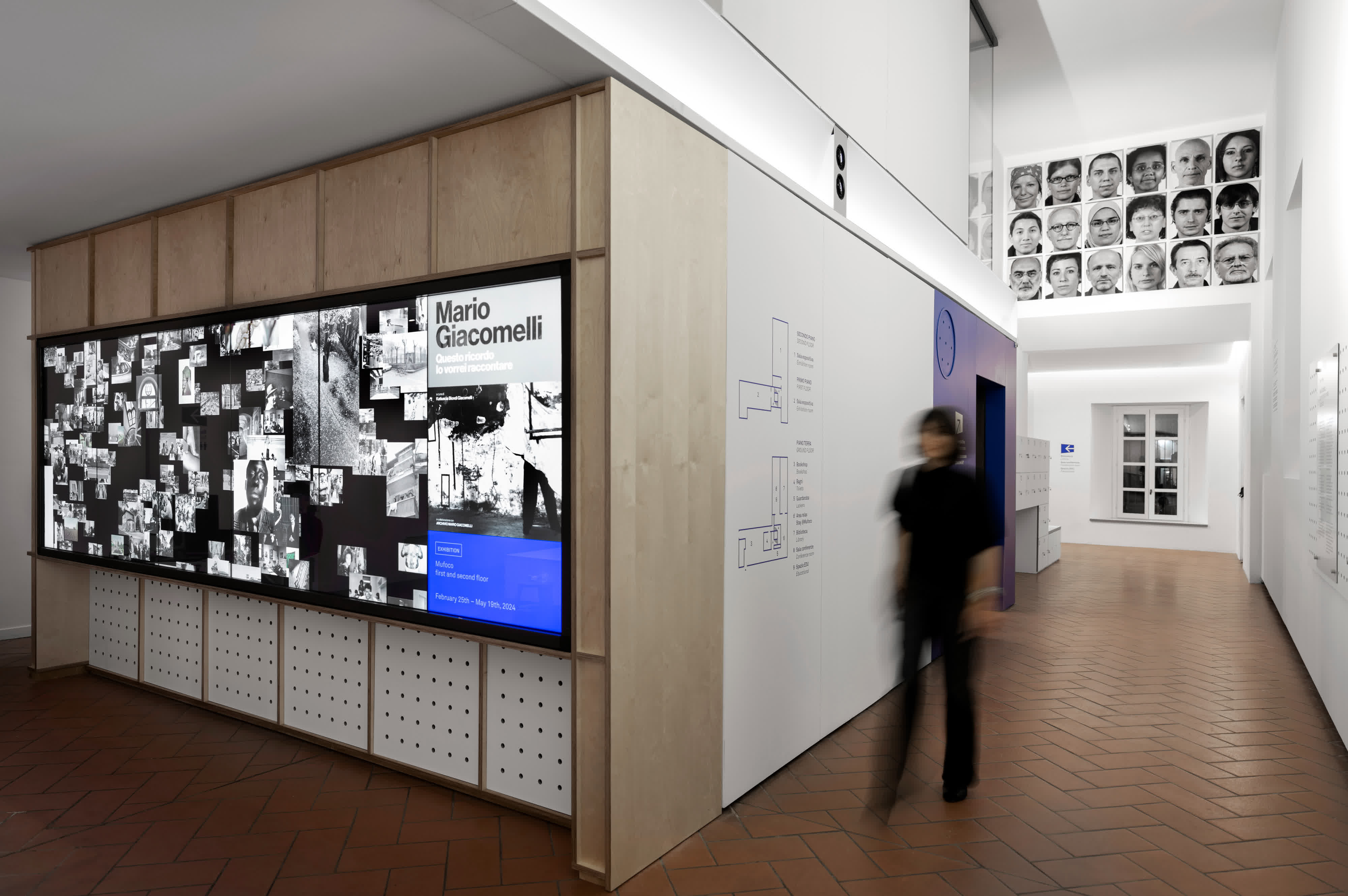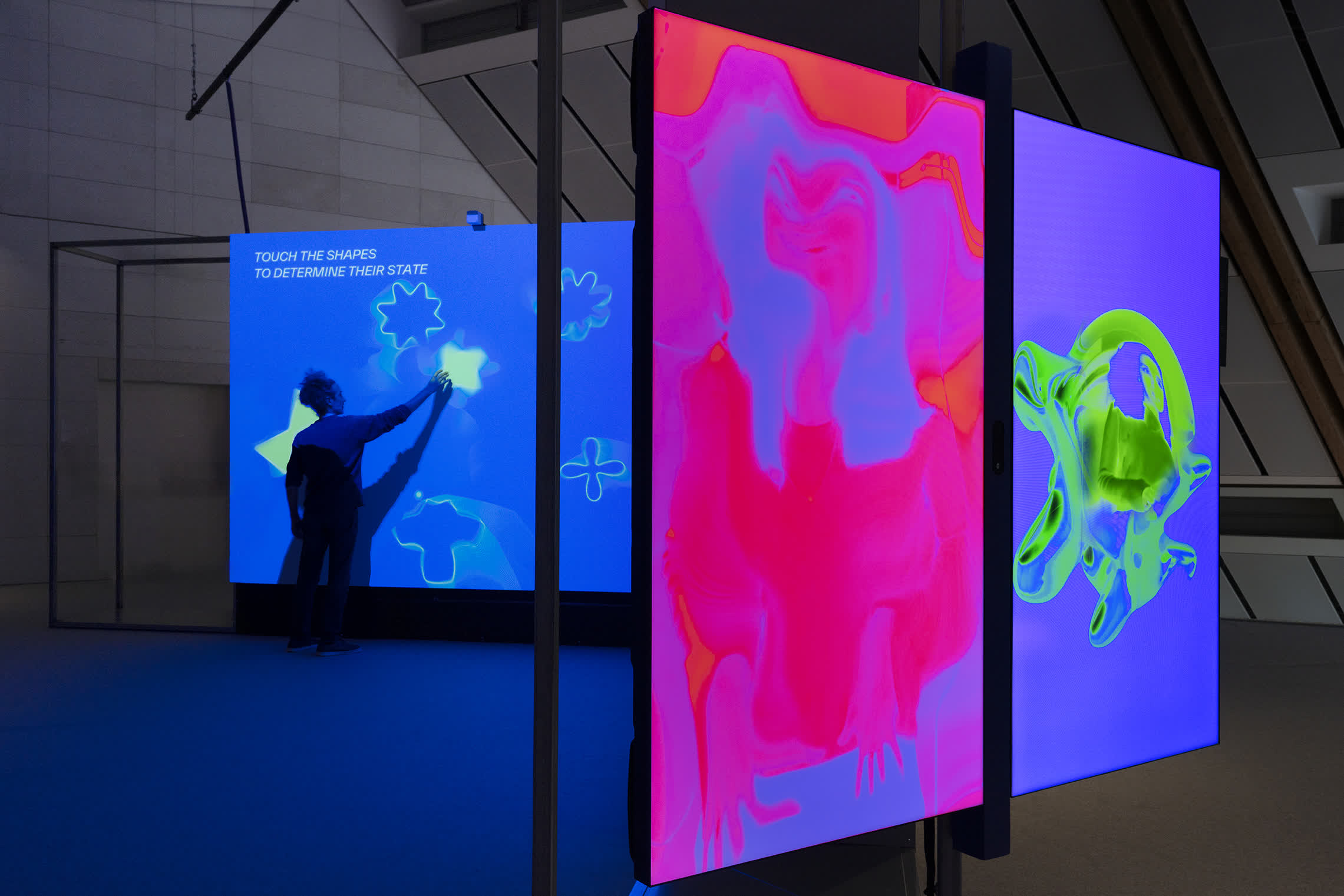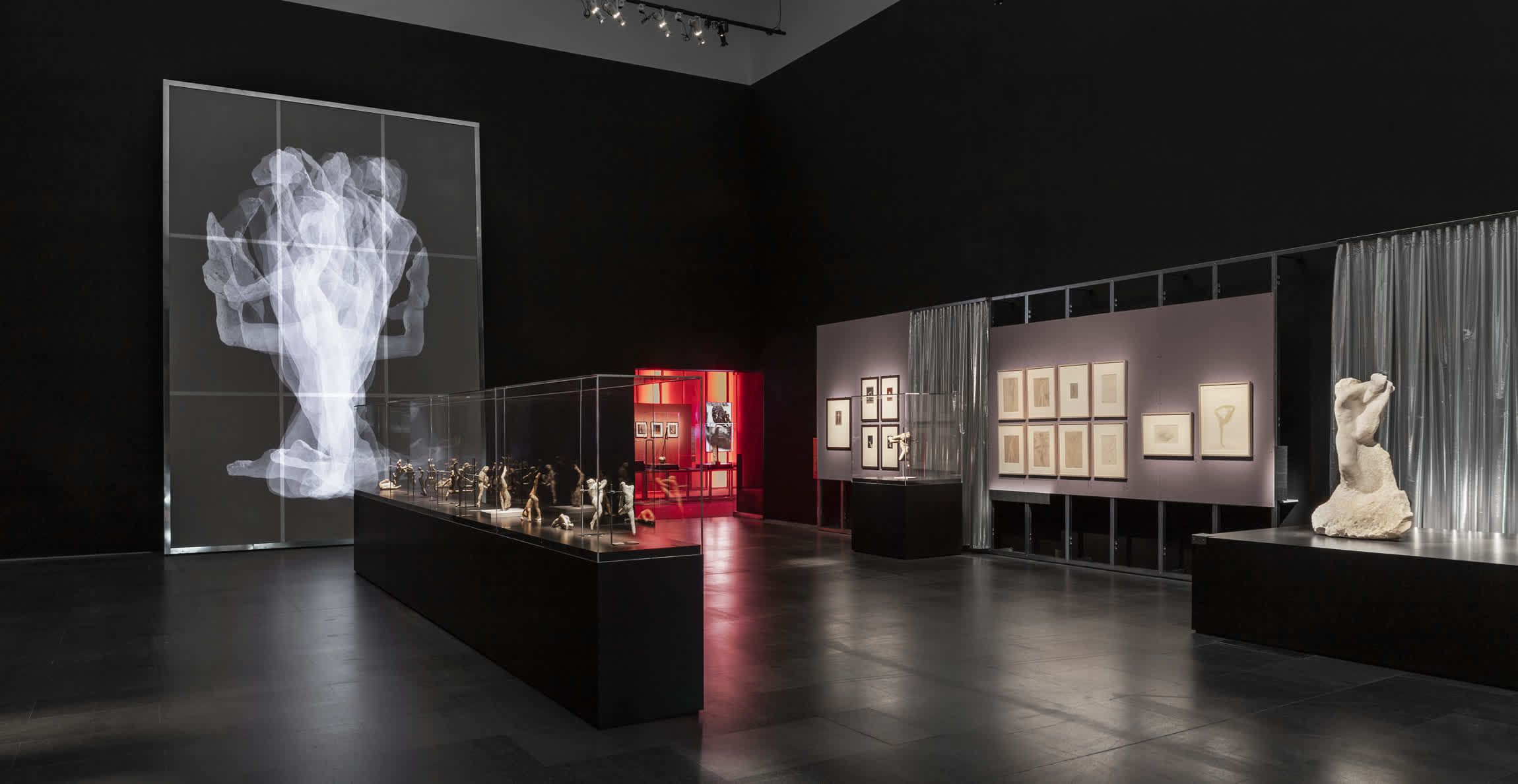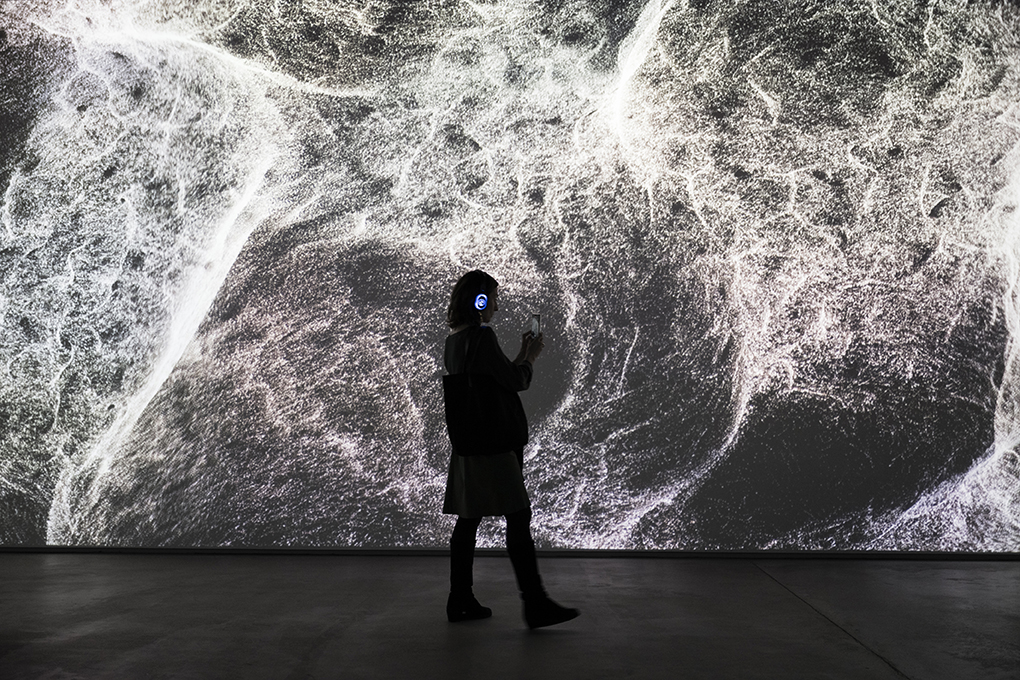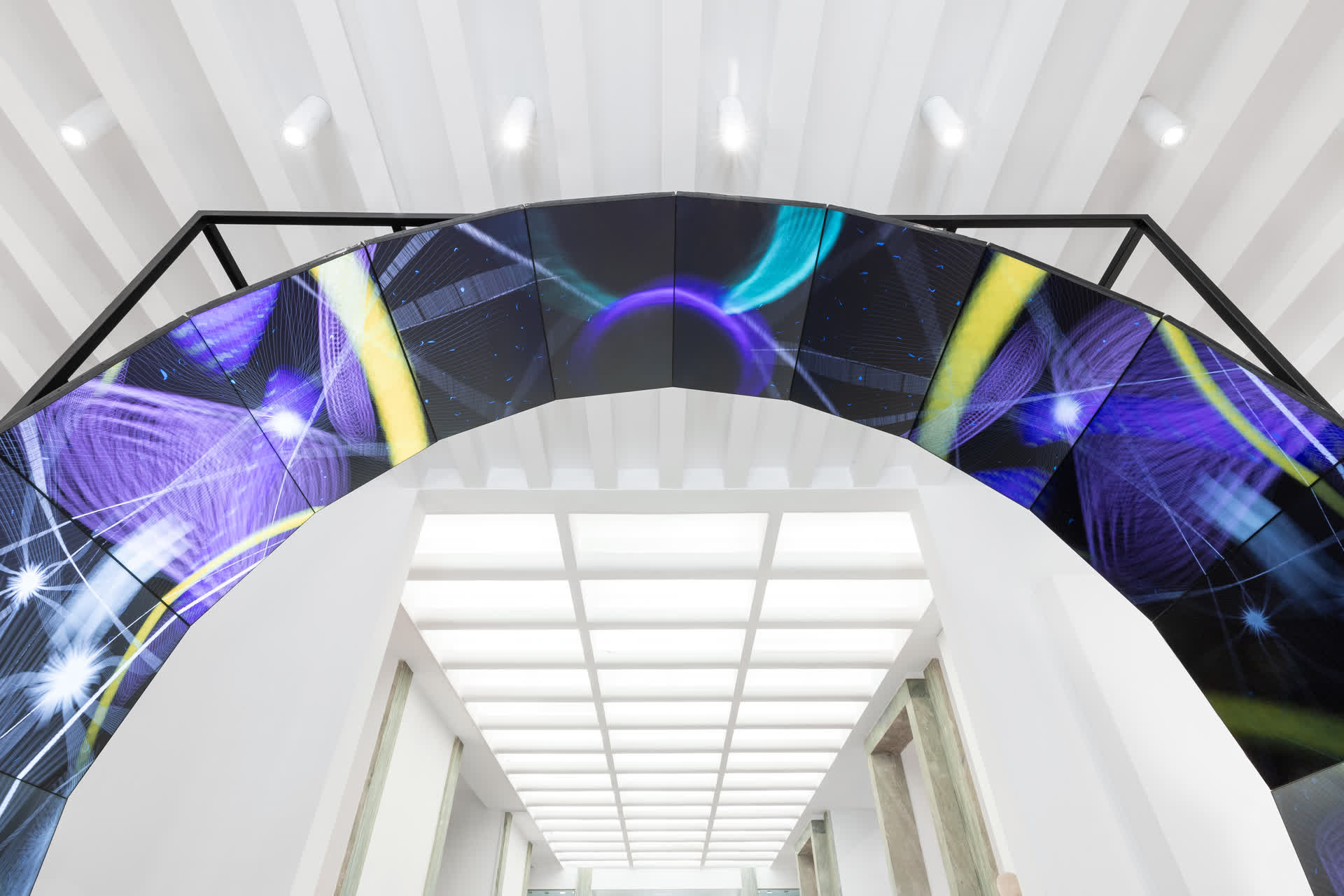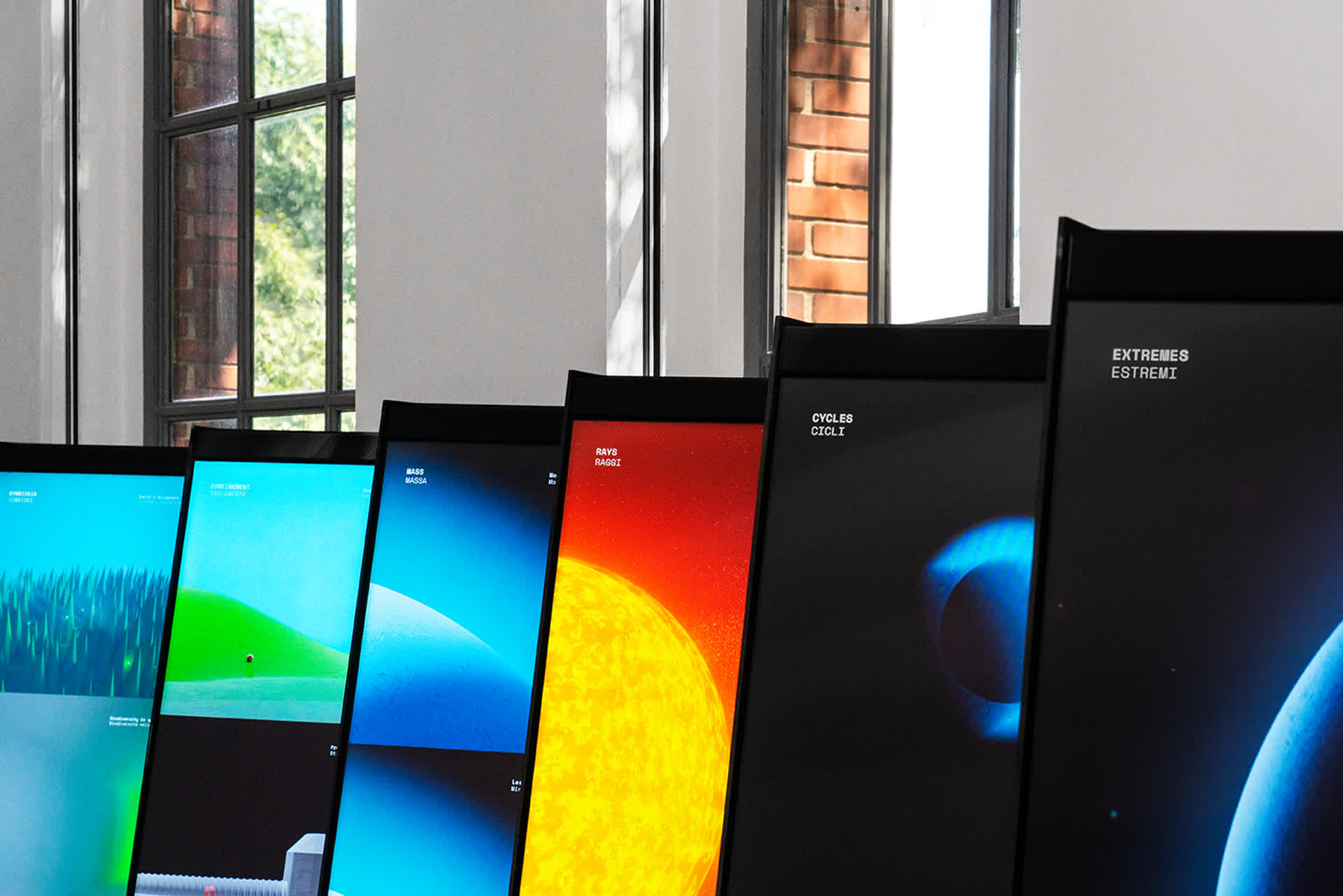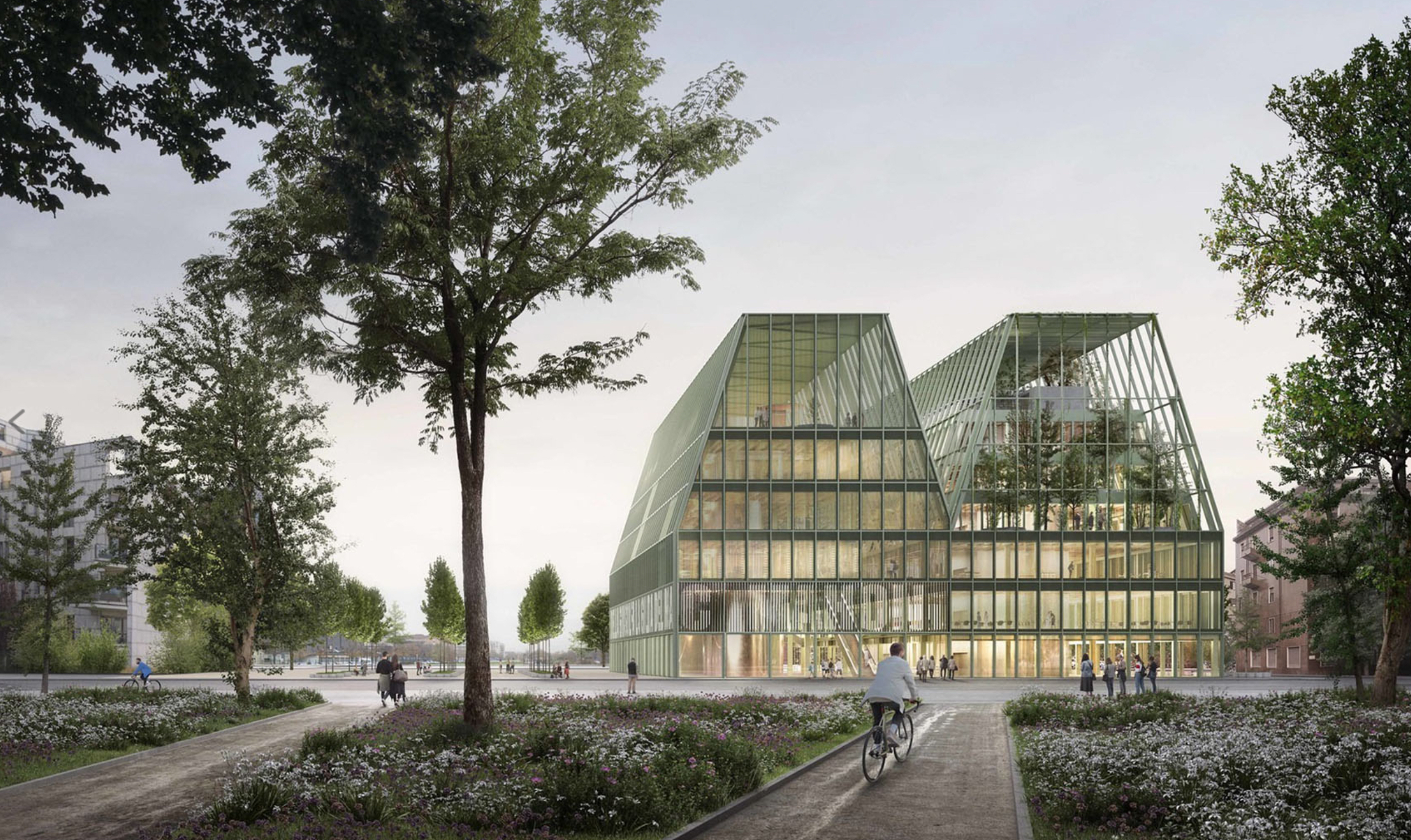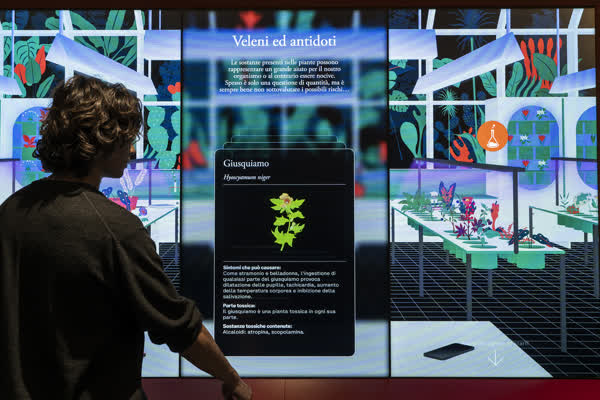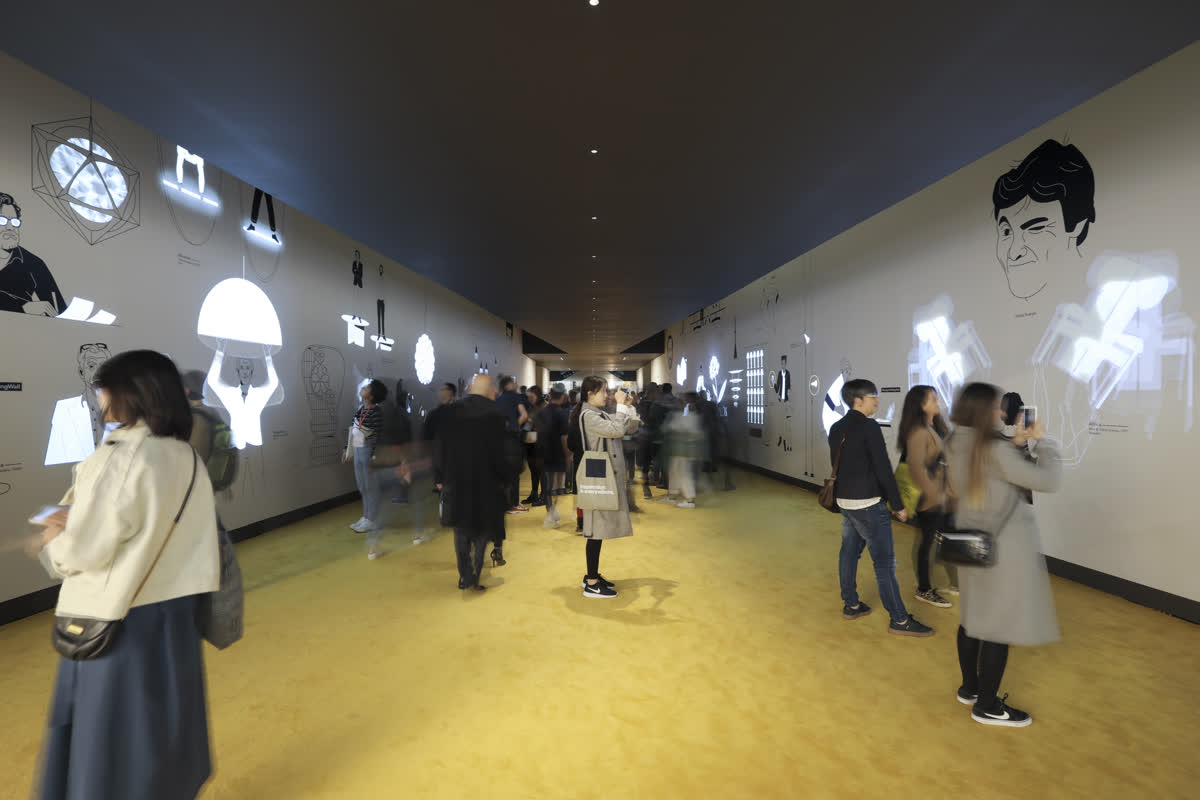A research project and an installation participating in the Architecture Biennale 2025 curated by Carlo Ratti, Sea Oasis – Survival Architecture represents a concrete expression of the integration between applied Artificial Intelligence and new circular design approaches, namely Regenerative Design.

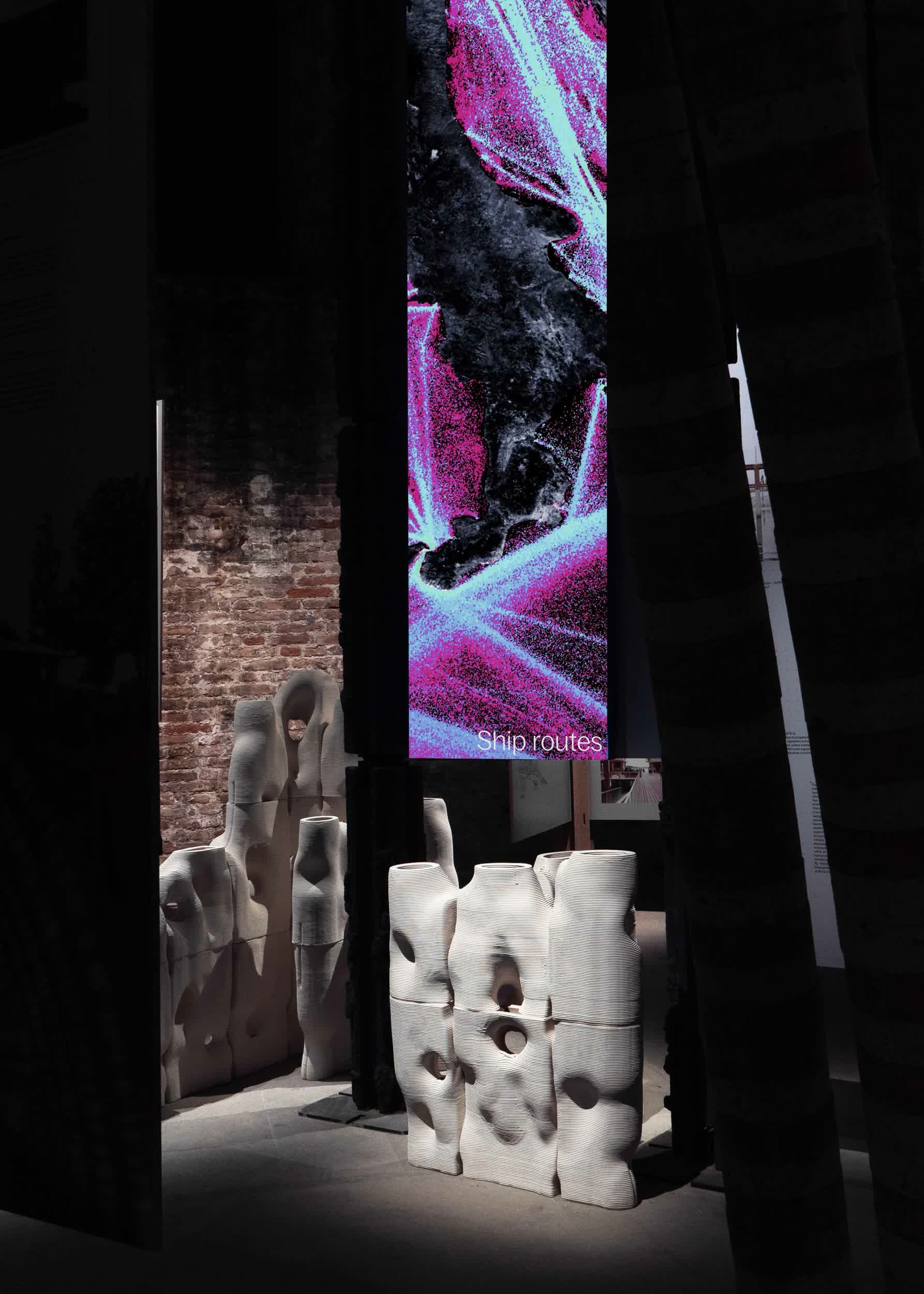

The project presents visitors with a series of artificial elements printed in 3D, designed algorithmically starting from organic forms inspired by those naturally produced by bio-engineers —small creatures like oysters that build underwater architectures that support, regenerate, and aggregate life. These structures promote marine biological diversity, which is essential not only for ocean health but also for life on land. The balance that they provide depends on changes over time across a range of parameters: environmental (such as temperature, pH, and salinity), biological (shaped by interactions between organisms of the same or different species—such as predation, reproduction, and competition), and anthropogenic (including fishing, and chemical, light, and sound pollution).
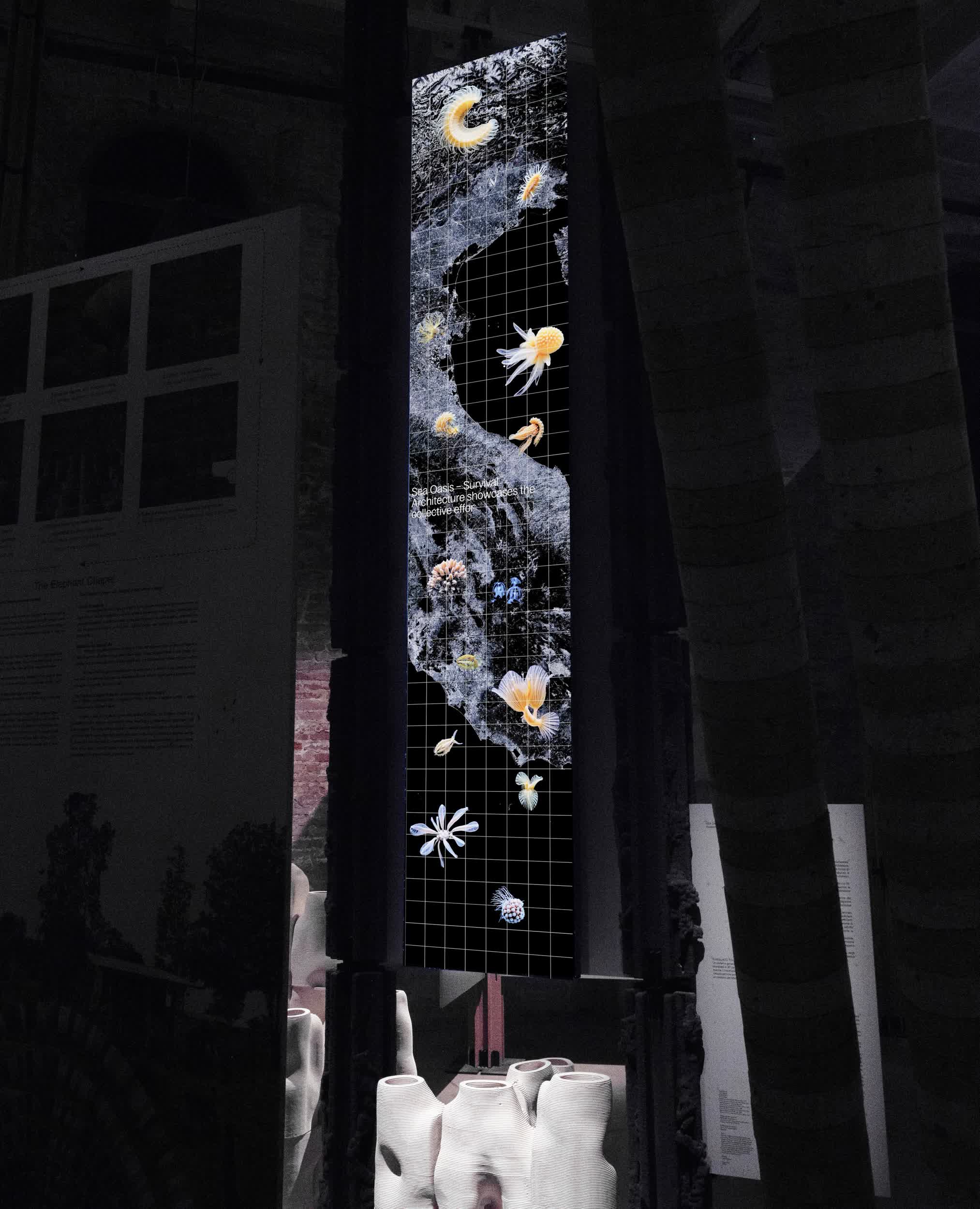
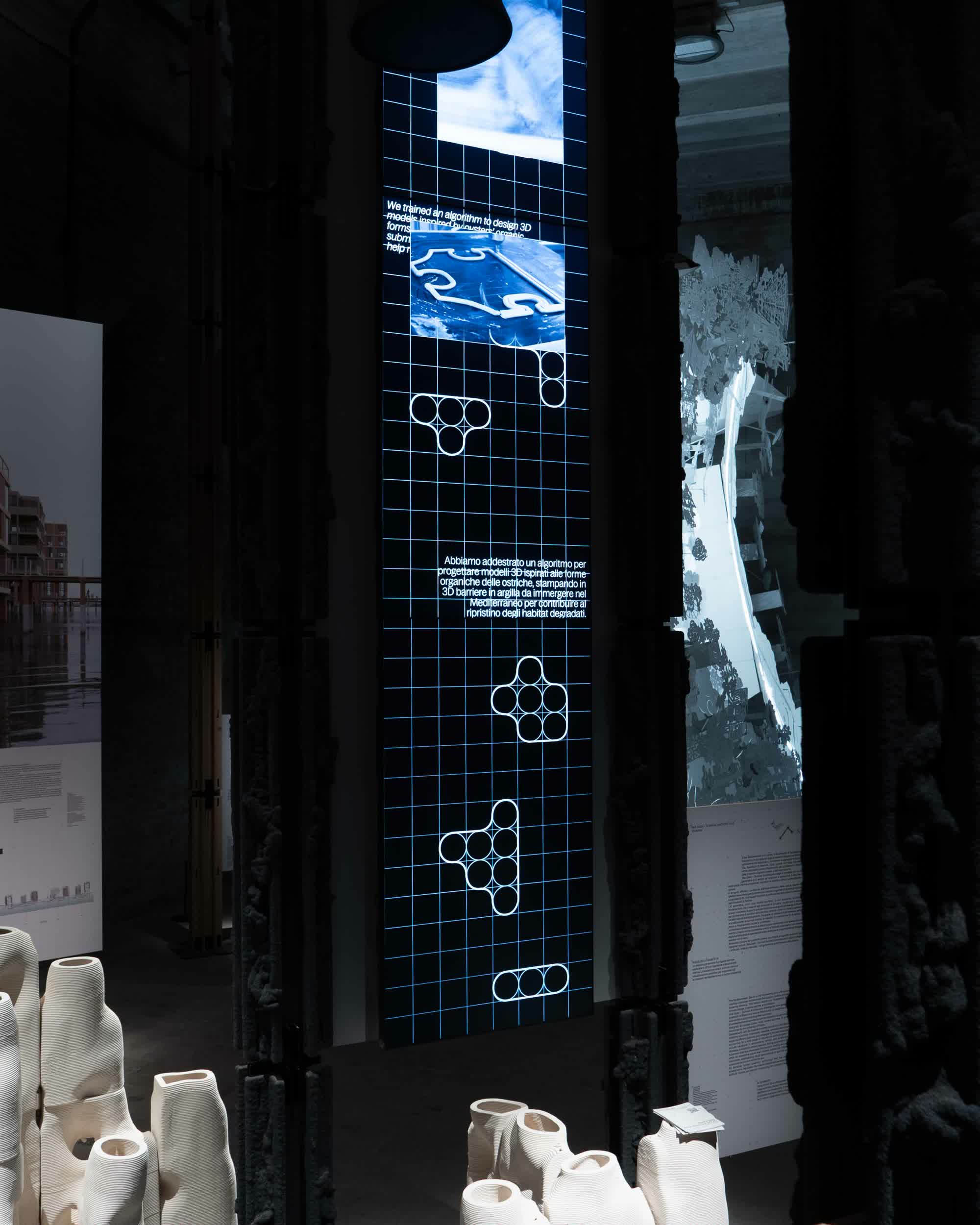
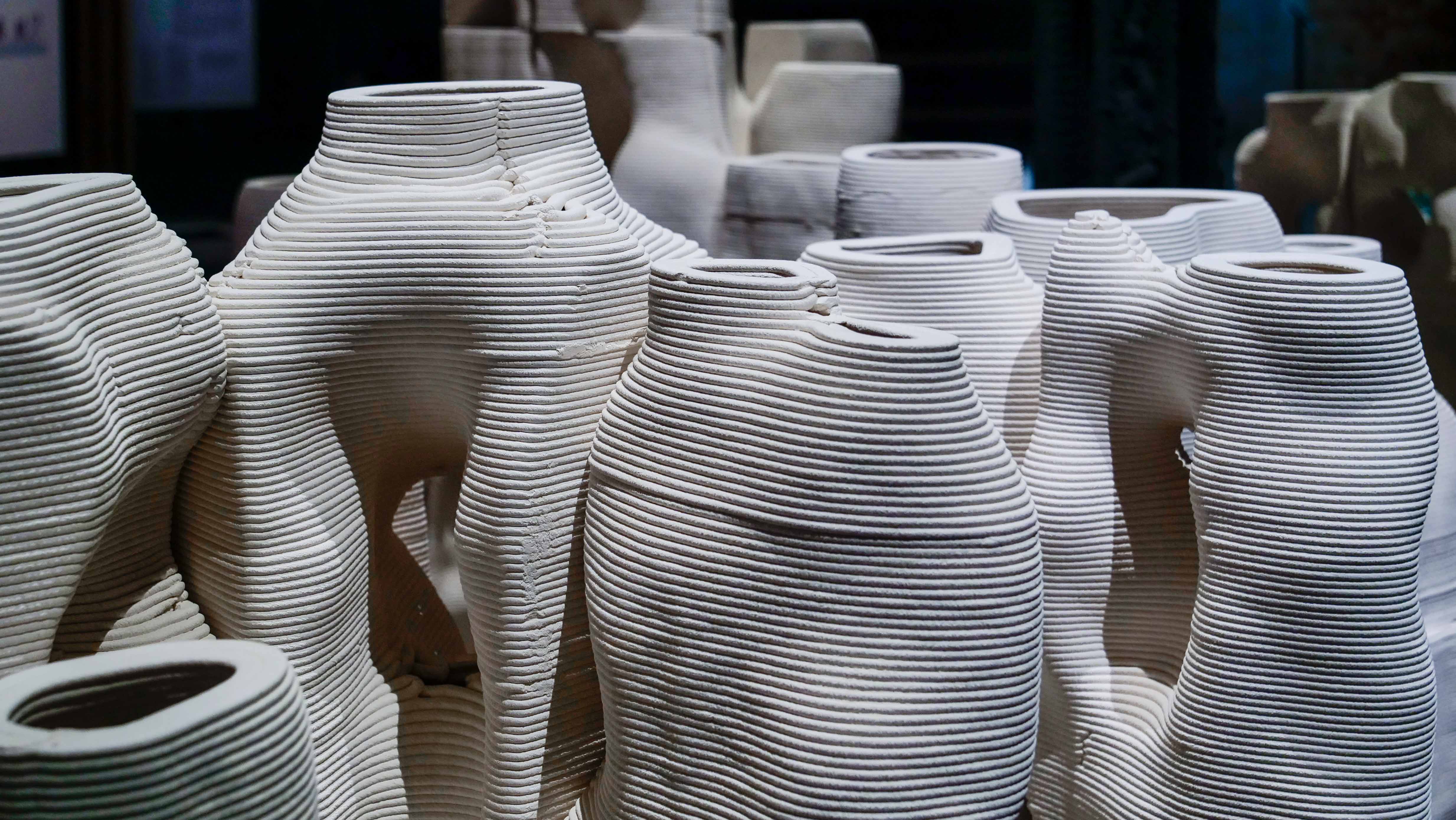
Following the logic of Regenerative Design the 3D printed artificial reefs will be immersed in the Venice lagoon at the end of the Biennale. The exact location of the immersion will be defined by the AI following the reasoning carried out on the basis of data provided by marine scientists through time. The impact of the structures on the proliferation of marine life, once immersed in the Lagoon, will be monitored by University of Padua Olivia Cassetti as part of her doctoral thesis.
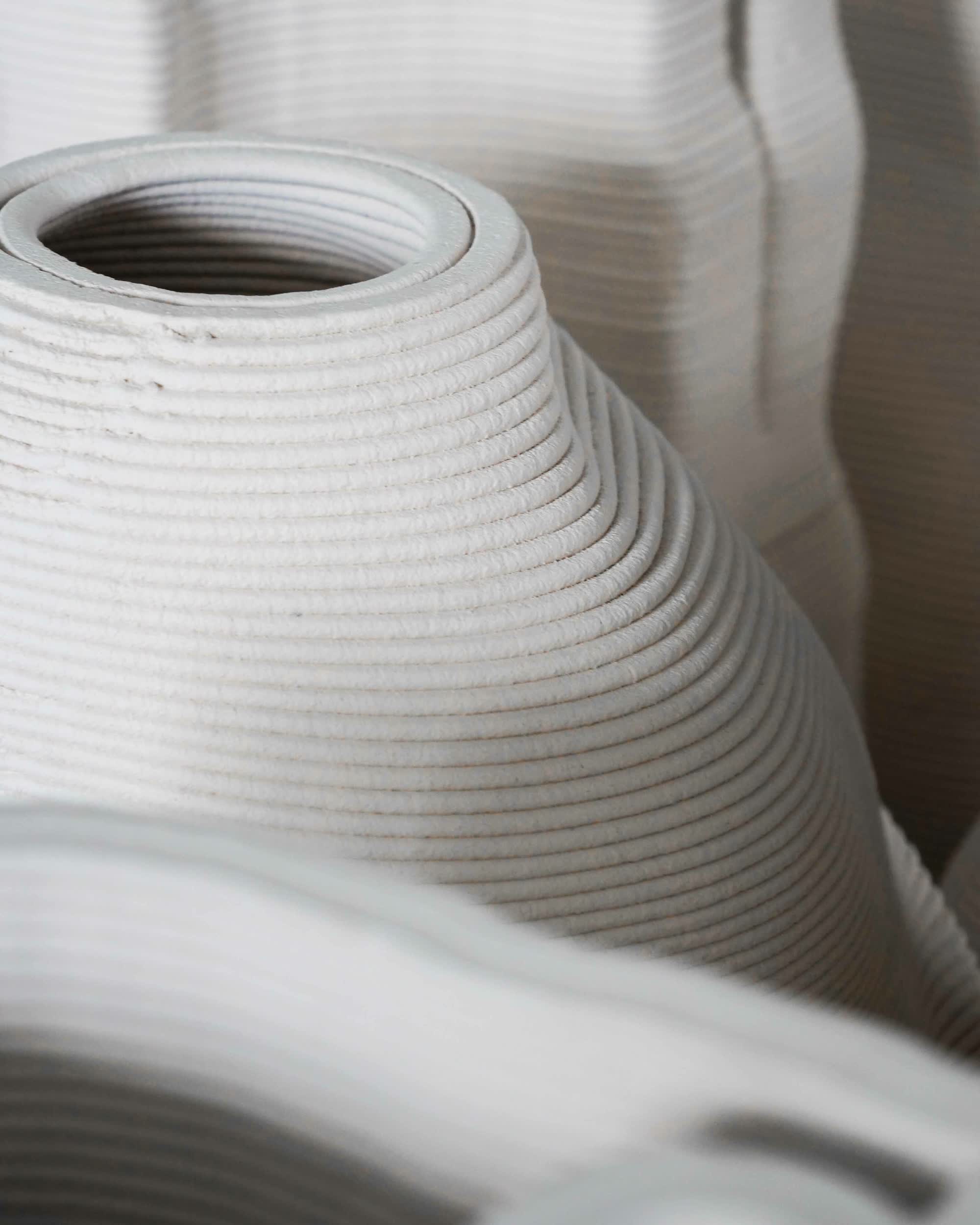
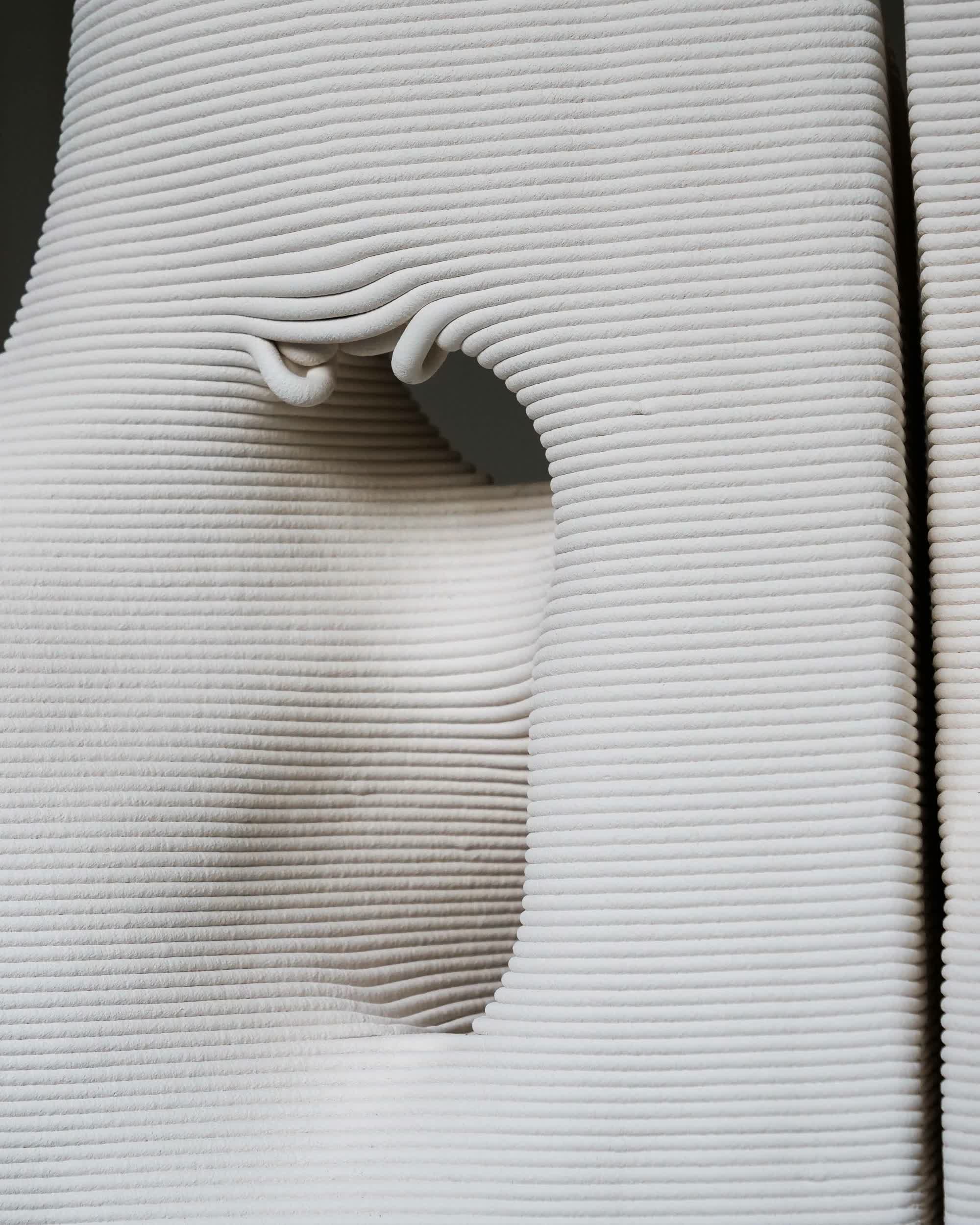
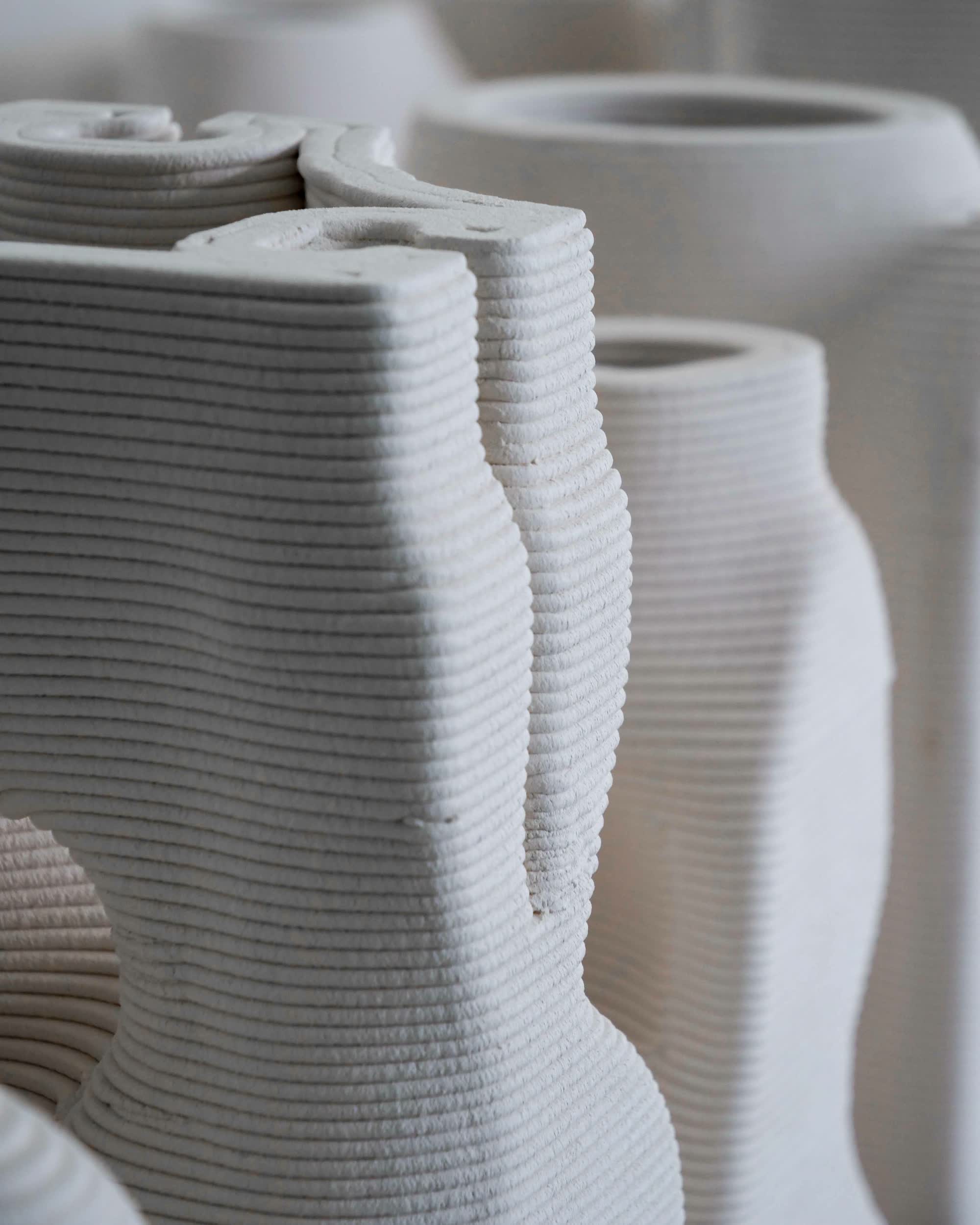
At the Architecture Biennale 2025, visitors are be able to explore a dynamic video that shows in real time the decision-making process of the AI and the implementation strategy in the Lagoon as it’s being formed. An immersive soundscape accompanies the experience, merging underwater biophonies with digital harmonies, reinforcing the speculative visualizations of the species and the emotional connection with the sea.
Sea Oasis – Survival Architecture was born from the encounter between Dotdotdot and the studies of Olivia Cassetti, a researcher at the University of Padua involved in the analysis of the results of marine restoration operations in the Venice Lagoon aimed at maintaining and reviving biodiversity.
Sea Oasis – Survival Architecture aims to explore how, through the analysis of data relating to these parameters and their temporal evolution, generative artificial intelligence can support scientists in designing effective restoration interventions, helping them to understand, for example, where to act to enhance the positive presence of ecosystem engineers. The more accurate the prediction of the outcomes of each action, the more it will contribute to the protection of marine biodiversity.
Thanks to its predictive models, generative artificial intelligence becomes an essential tool for decision-making, allowing scientists to simulate, visualize and evaluate complex scenarios. It supports the strategic planning of reef restoration interventions, taking into account a wide range of natural and anthropogenic variables: variations in temperature, salinity and acidification, marine currents, diseases, competition between species, fishing, noise and light pollution.






Dotdotdot
Product design & Engineering:
OpenDot
Technical enabler: WASP
Laura Dellamotta
Giovanna Gardi
Alessandro Masserdotti
Fabrizio Pignoloni
Federica Mandelli
Sara Maniscalco
Pietro Forino
Maddalena Silva
Simone Restifo Pilato
Nicola Ariutti
Nicola Buccioli
Riccardo Casa
Martina Merigo
Mirco Sturlese
Camilla Guerci
Tiziano Berti
